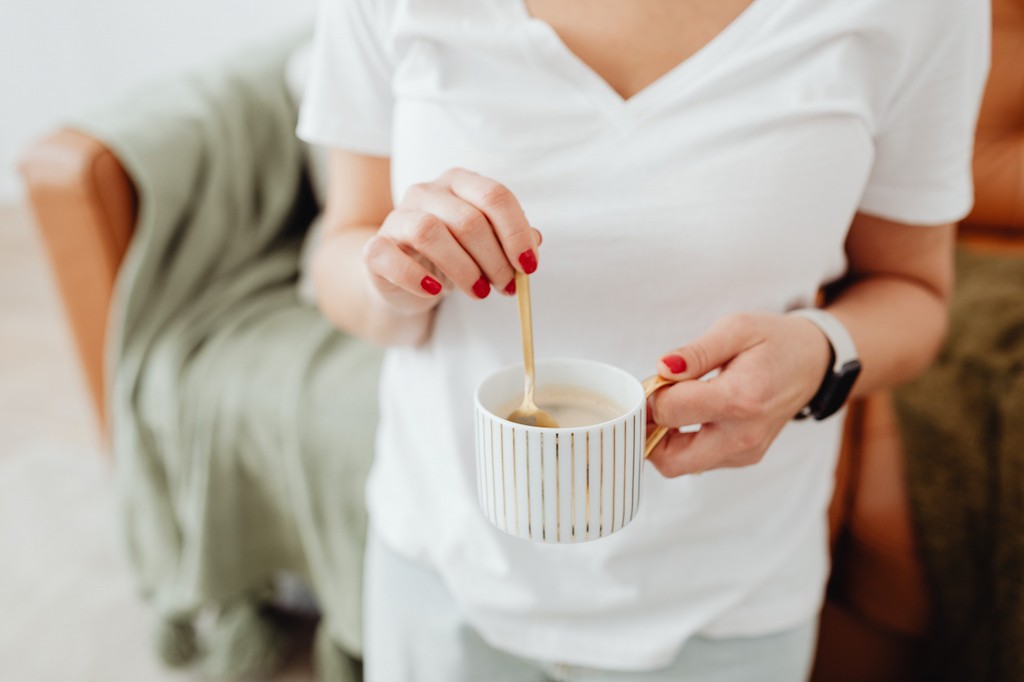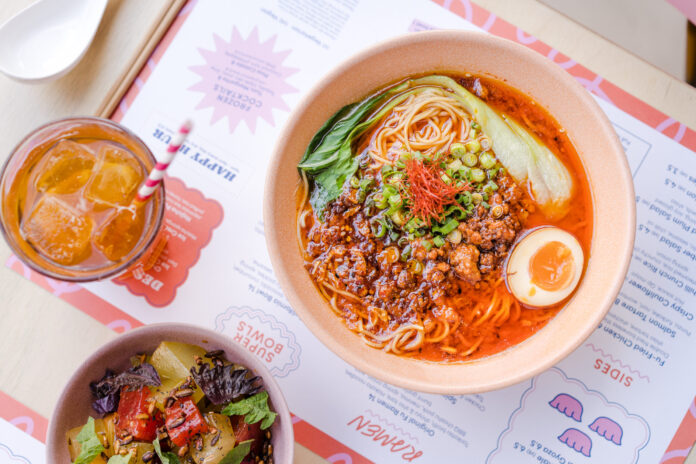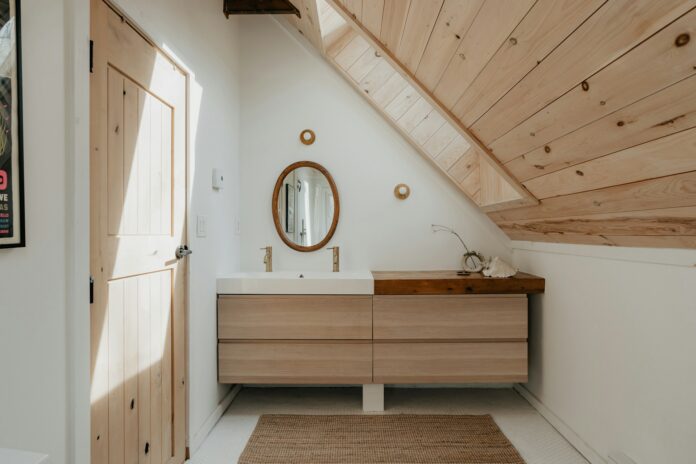Is your once-cherished morning coffee ritual beginning to feel a bit lacklustre? Has that first sip of the day become something of a disappointment? Do you sit up straight when you have a barista-brewed cup, remembering just how good coffee can be? It’s time to change all that.
Making the switch from a basic instant coffee to more creative concoctions is actually much easier than you think, so why not give your day an extra jolt of energy with some delicious and exciting upgrades? These expert-approved tips will show you how adding just a few simple ingredients (and a bit of new kit) can transform your morning coffee into something truly special. Get ready for the well-deserved cup of the good stuff because once you’ve tried it – there’s no going back.
Upgrade To A High-End Espresso Machine For Delicious Cappuccinos & Lattes
Craving a café-quality cappuccino or latte anytime you want it? It’s time to upgrade to a high-end espresso machine. Imagine being able to make your favourite beverages with just the touch of a button, using the finest beans, and enjoying the smooth, rich flavour that only a high-end machine can provide.
With a sleek and stylish aesthetic, a top-notch espresso machine is not only a kitchen appliance but also a statement piece for your home. Plus, with the ability to customise your drink to your exact specifications, you’ll never have to settle for a subpar instant affair again. Whether it’s K-Cups, nespresso-style capsules, or something more aligned with the espresso machines in your local coffee shop, you’ll ensure optimal flavour.

Invest In A Quality Coffee Grinder
If you’re a coffee lover, investing in a quality coffee grinder is a game-changer. Not only does it allow you to grind your beans to your desired coarseness, but it also ensures that you get the freshest flavour from them. When coffee beans are ground prematurely, they lose their aroma and flavour over time due to oxidation.
By grinding your beans right before brewing, you’re maximising the freshness and richness of your cup of coffee. Plus, a quality grinder tends to be more consistent in its results, meaning you can achieve the perfect grind every time.
So why settle for stale coffee when you can have the freshest cup possible with the help of a good grinder? When it comes to giving your coffee a truly unique flavour, investing in a quality grinder is essential.
Use An Organic, Fair-Trade Coffee
The reasons for drinking organic, fair-trade coffee are myriad. Firstly, organic coffee is free from harmful pesticides and chemicals, making it a healthier option for your daily beverage. It is often deemed to taste better, as it is grown in rich soil that is managed without the use of synthetic fertilisers. Fair trade, meanwhile, ensures that coffee farmers receive a fair price for their produce, fostering economic sustainability and improving their living conditions.
It also contributes to responsible production practices that safeguard future crop yield and minimises environmental impact. Importantly, the fair trade system promotes the use of environmentally friendly (relatively speaking) farming methods, aiming to preserve biodiversity and reduce global waste. As a result, when you purchase fair-trade, organic coffee, you’re opting for an arguably more ethical and healthier choice, contributing to a sustainable global supply chain, and doing your part to protect the environment.
In the UK, identifying whether coffee is fair trade and organic can be determined by looking for specific certifications on the packaging. Coffee that is certified as fair trade should feature the Fairtrade Mark, a blue and green logo symbolising the support for the Fairtrade system. This certification ensures that producers receive fair prices, decent working conditions, local sustainability, and fair terms of trade.
An organic certification, on the other hand, shows that the coffee has been produced to the highest standards of organic farming. In the UK, the Soil Association is a trusted body for organic certification. A symbol of the Soil Association on a product verifies it has been produced sustainably and free from synthetic pesticides and fertilisers. The presence of these certifications on your coffee product identifies it as both fair trade and organic.

Spend Some Time Experimenting With Different Ratios Of Coffee Grounds & Water
You know that the perfect cup of coffee is hard to come by. There are a multitude of factors that can affect the flavour – from the roast level of the beans to the temperature of the water. But one of the most crucial elements is undoubtedly the coffee-to-water ratio. It’s a delicate balancing act that, when done right, can elevate your daily cup of joe to new heights.
Don’t be afraid to experiment with different ratios – play around with the amounts of coffee grounds and water until you find the sweet spot that suits your taste buds best. Whether you prefer a strong, bold brew or a smoother, more mellow flavour, the right coffee-to-water ratio is the key to unlocking a truly satisfying cuppa.
Though we’re all for experimenting, as a general guide here are some common water-to-coffee ratios for various methods of brewing coffee:
- French Press / Plunger: A standard ratio is 55 grams of coffee for every 1 litre of water. If you prefer a stronger or lighter taste, you can adjust the coffee amount accordingly.
- Drip or Filter Coffee: A common ratio is 60 grams of coffee per 1 litre of water.
- Espresso: This depends on the specific type of espresso. However, a common ratio for a single shot (30 ml) is 7 grams of coffee. For a double shot (60 ml), it’s 14 grams.
- Cold Brew: This method often uses a higher coffee to water ratio due to the long brewing time. A common ratio is 170 grams of coffee to 1 litre of water.
- Aeropress: For this method, 17 grams of coffee to 220 ml of water is usually recommended.
- Moka Pot: This method typically uses a ratio of 20 grams of coffee to 330 ml of water.
Get Your Milk Ratios Right, Too
If you’re keen to replicate that barista-brewed coffee style at home, then you’ll also want to get familiar with the various milk to coffee ratios of your favourite kinds of brew. Here are a few of our favourites:
- Cappuccino: This coffee is traditionally served in equal parts: 1/3 espresso (around 30ml), 1/3 steamed milk (around 30ml), and 1/3 frothed milk. Therefore, for the espresso, you would use approximately 7 grams of coffee.
- Latte: A typical latte consists of one shot of espresso (around 30ml) and approximately 200-300ml of steamed milk, topped with a small amount of frothed milk or latte foam (about 2 cm). So, for the shot of espresso, you would use about 7 grams of coffee.
- Flat White: Similar to a latte, a typical flat white contains one shot of espresso (around 30ml) and approximately 150ml of steamed milk. So, again you would use about 7 grams of coffee for the shot of espresso.
- Macchiato: This drink is typically a shot of espresso (around 30ml) topped with a small dollop of frothed milk. So, you would use about 7 grams of coffee.
- Mocha: This is typically one shot of espresso (around 30ml), 60ml of chocolate syrup or cocoa powder, and around 120ml of steamed milk, topped with whipped cream. You would use about 7 grams of coffee for the shot of espresso.
- Cafe Au Lait: This coffee is often made with equal parts brewed coffee and steamed milk. In UK measurements, it would be about 200ml of brewed coffee (made with around 12 grams of coffee) and 200ml of steamed milk.
The Bottom Line
In the end, making great coffee is all about experimentation. You may have to go through a few iterations before perfecting your brew, but it will be worth the effort. With quality equipment, fresh beans, and some trial and error, you can make cafe-worthy java from the comfort of your own home.
Now that information is dispensed with, why not try one of 2023’s summer coffee trends? We have lift off!





